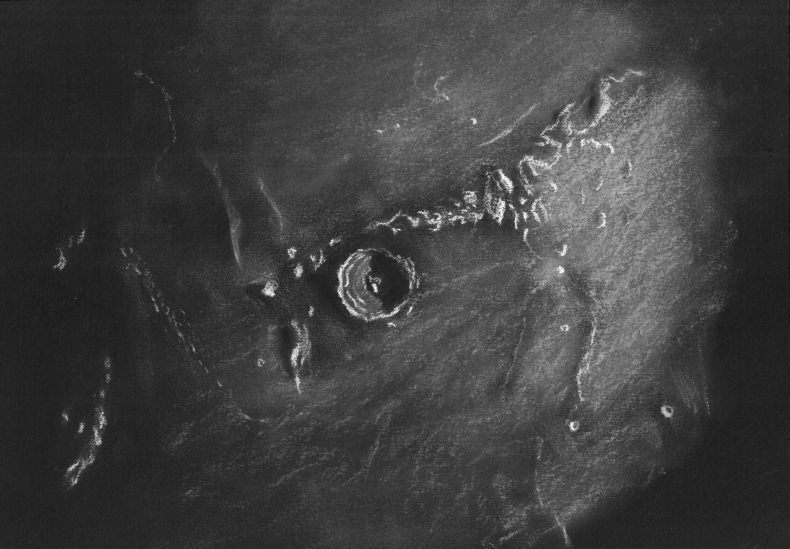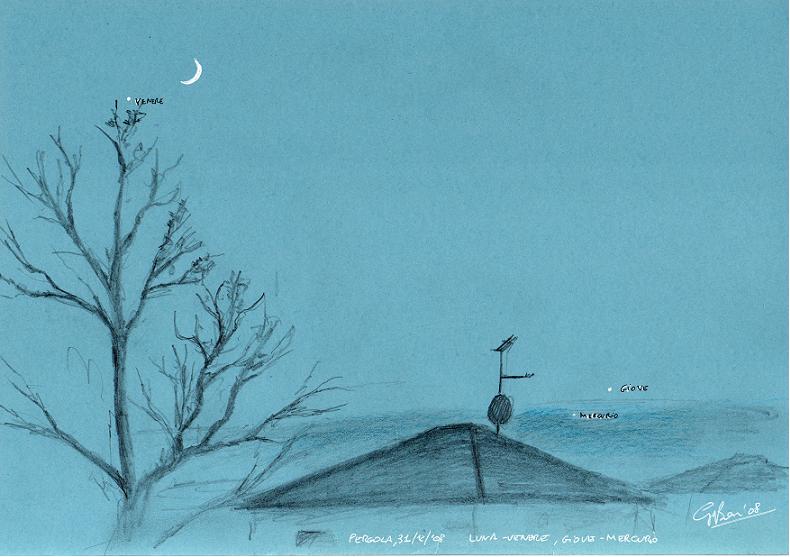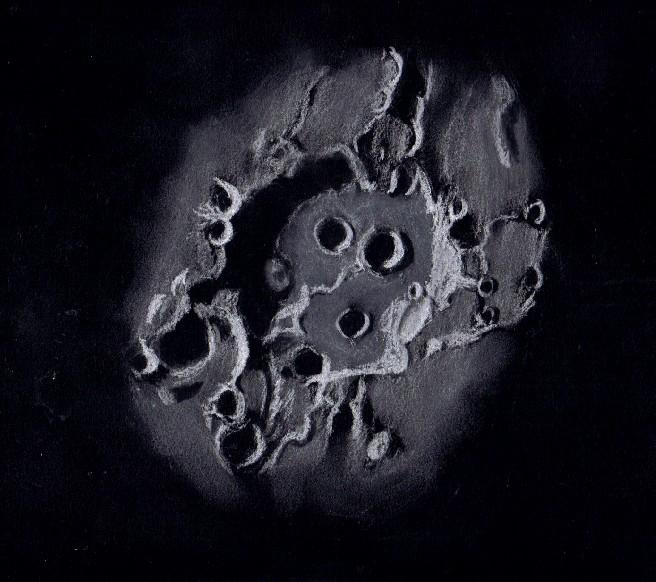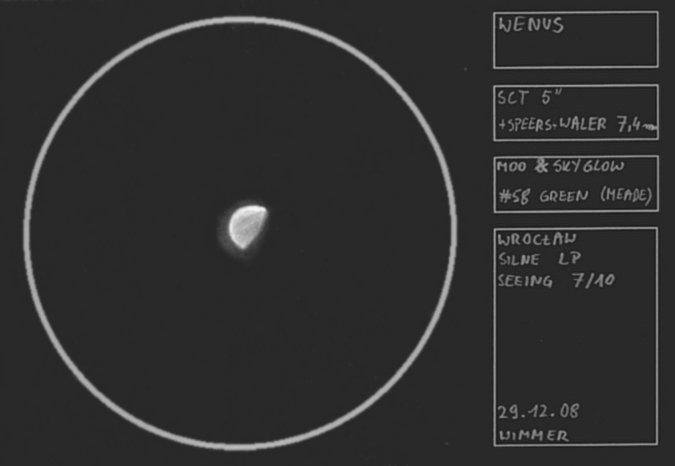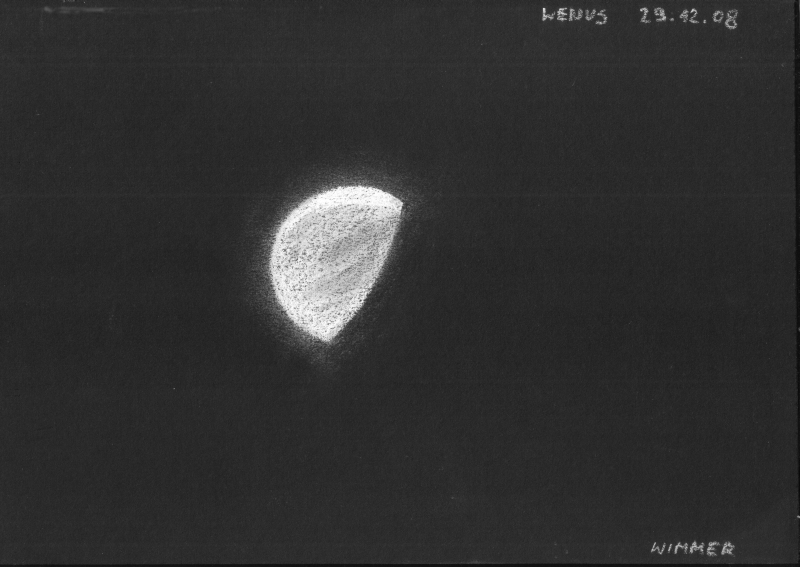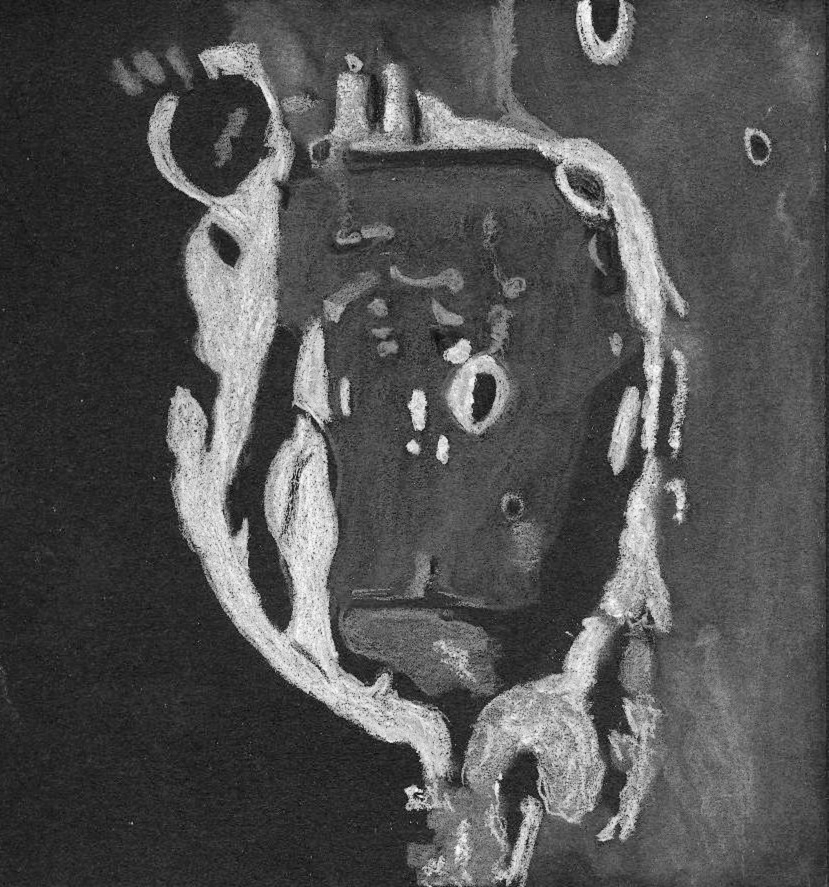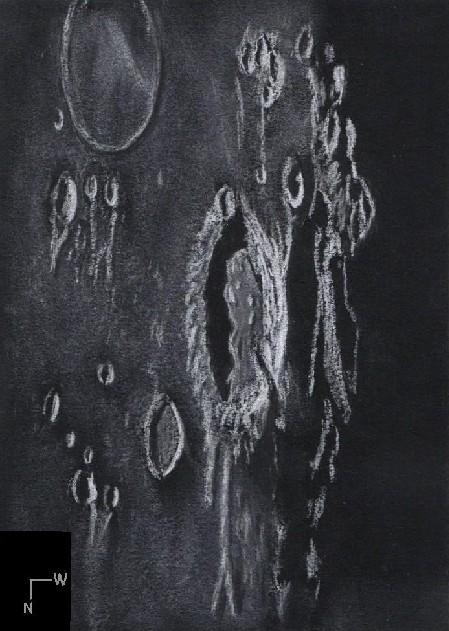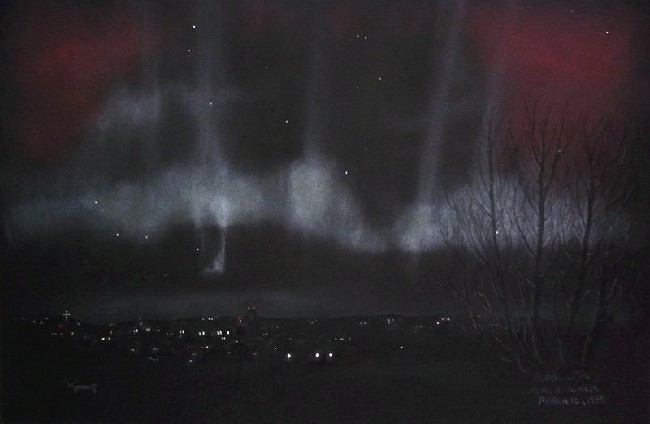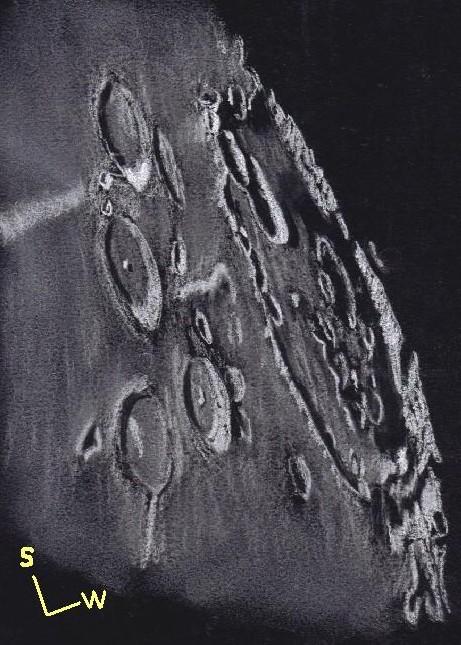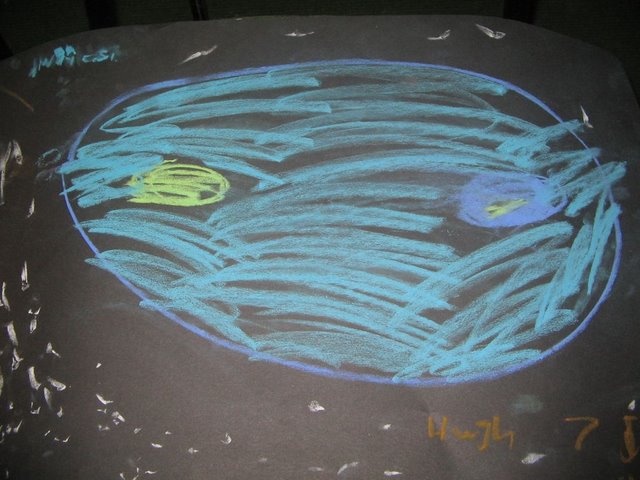
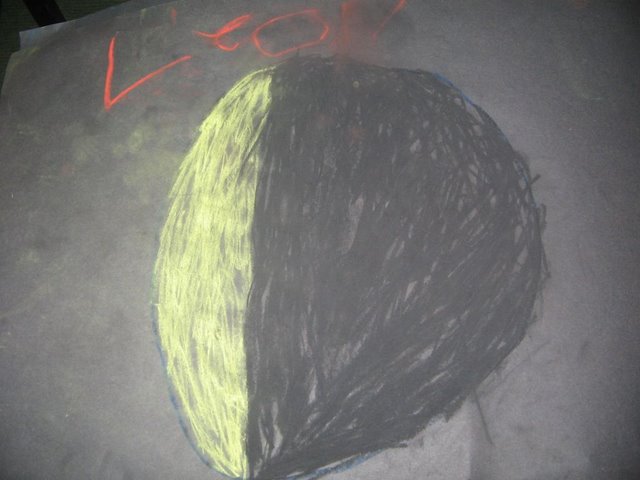
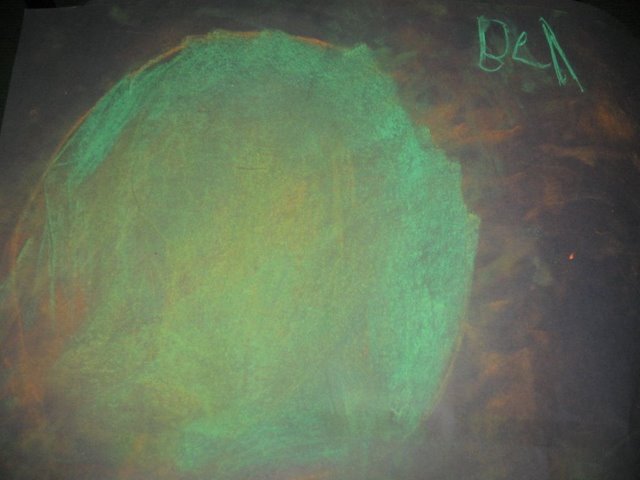
Three of the many “Deadly Moons”
Sketches by Irish childern, text by Deirdre Kelleghan
imageshttp://picasaweb.google.com/skysketcher/DeadlyMoonsInLibraries#
Here is a link showing a fraction of the moon drawings produced by Irish Children who took part in my Deadly Moons Art / astronomy drawing progam. When I show children the moon in my telescope they often say ” That’s Deadly ” meaning ” That’s cool” or That’s awesome, so when I wrote the program the title wrote itself almost.
The aim of the progam is to inform young children about the many wondeful moons in our solar system including our own facinatng moon. The chidren who produced the works were aged between six and twelve.
In most cases black paper and soft pastels were used. Some groups used crayons or felt pen on white paper. The majority of children were unaware that there are other moons besides our own. The majority of children did not know that there are robots in space.
All of the children enjoyed the program,the use of pastels and the total visual eperience. Every child learned something about moons and all had lots of fun using their imagination and creativity.
Deadly Moons is now available as a download from UNAWE ie Universe Awarness for Young Children. UNAWE is a cornerstone project for International Year of Astronomy 2009
Deirdre Kelleghan
President
Irish Astronomical Society 1937 – 2007
Public Relations Officer IFAS
Oscail do Shuile D’iontas na Cruinne
Open Your Eyes to the Wonder of the Universe
